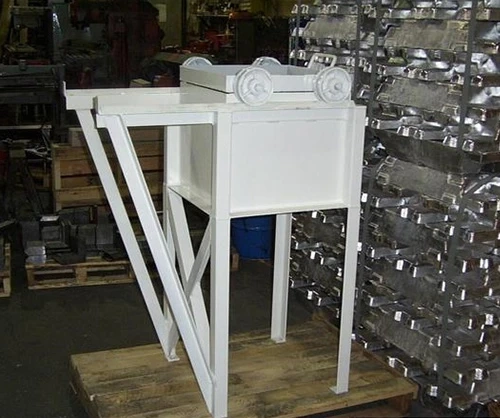[caption class="snax-figure" align="aligncenter" width="662"] [/caption]
[/caption]
When it comes to nuclear shielding, you want to take the proper steps to ensure that the structure or shied you create will be useful now and in the future. There are tons of applications for these types of shields, whether in a massive power generation facility or healthcare setting. Many healthcare machines, including the X-ray, emit harmful rays so creating nuclear shielding is a critical tool.
In the past, the most common tool was lead shielding for radiation. While it is still a useful tool in blocking the harmful rays, a manufacturer can use other types of materials that can sometimes be more effective. Depending on the scenario, the material you use may change. When looking at protective material worn in hospitals or facilities like aprons and vests, various types of lead materials are most often used.
Traditional Pb
Lead shielding for radiation is the most common. The reason why this element is so useful is because of its density. It is an effective shield to both gamma rays and X-rays. As the vests and aprons you see in a hospital setting are flexible, to achieve this, additives and binders are combined to create Pb vinyl sheets. Through layering, various thicknesses of wearable radiation shielding can be created.
Composites
Pb composites are again mixtures of various metals that are lightweight. The other metals included in the mix also have nuclear shielding capabilities. Many manufacturers have their own unique blends of composites. Often the finals shields are more lightweight but still offer the same amount of protection.
Pb Free Shields
Just like the Pb composites, these alternatives are a mixture of various metals but still offer high protection. Along with binders, some of the metals included are tin, tungsten, and bismuth. These types of radiation shielding can be recycled. Again it is up to the manufacturer\'s discretion to determine their proprietary blend.
When creating lead shielding for radiation or other blends of metal shields, it is essential to note that they are all very effective. While many people think that pure Pb is the best method, there are often ways to create composites and non-Pb vinyls that are just as effective. Depending on the situation that you are dealing with, your need for a specific type of protective shield may differ. By doing the proper testing, these protective shields can be proven effective.


